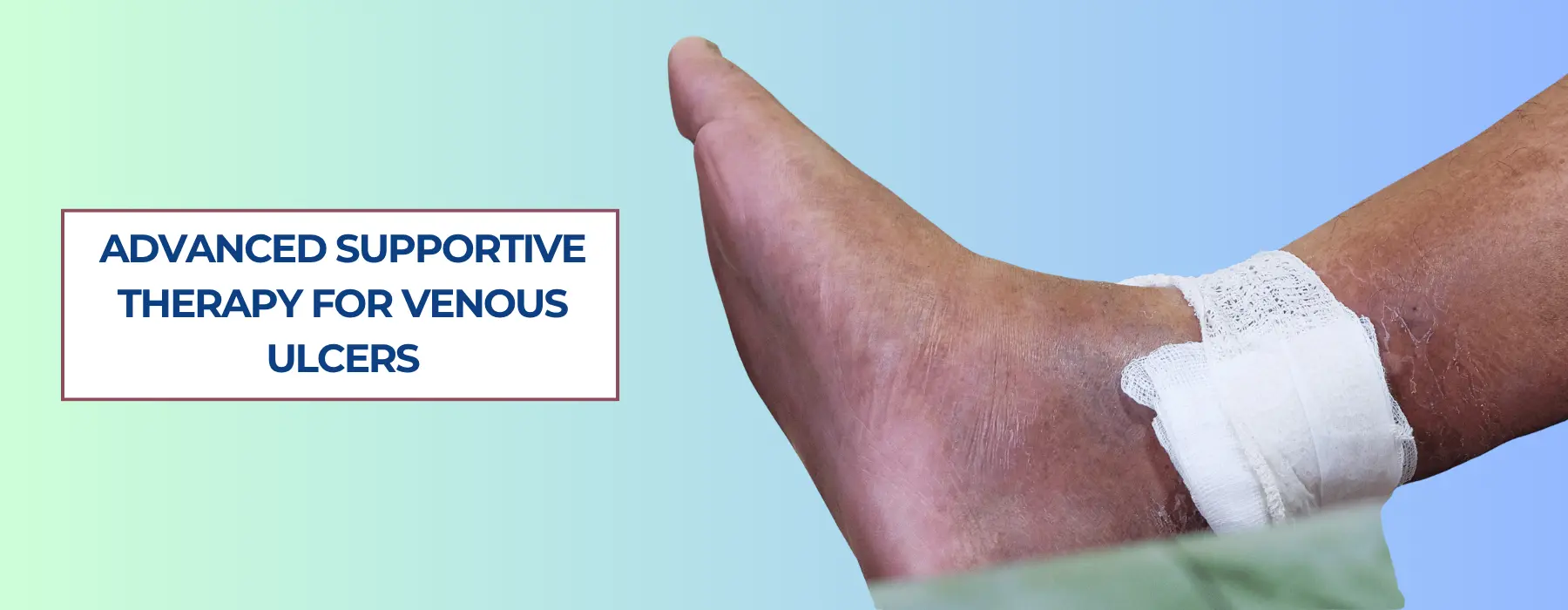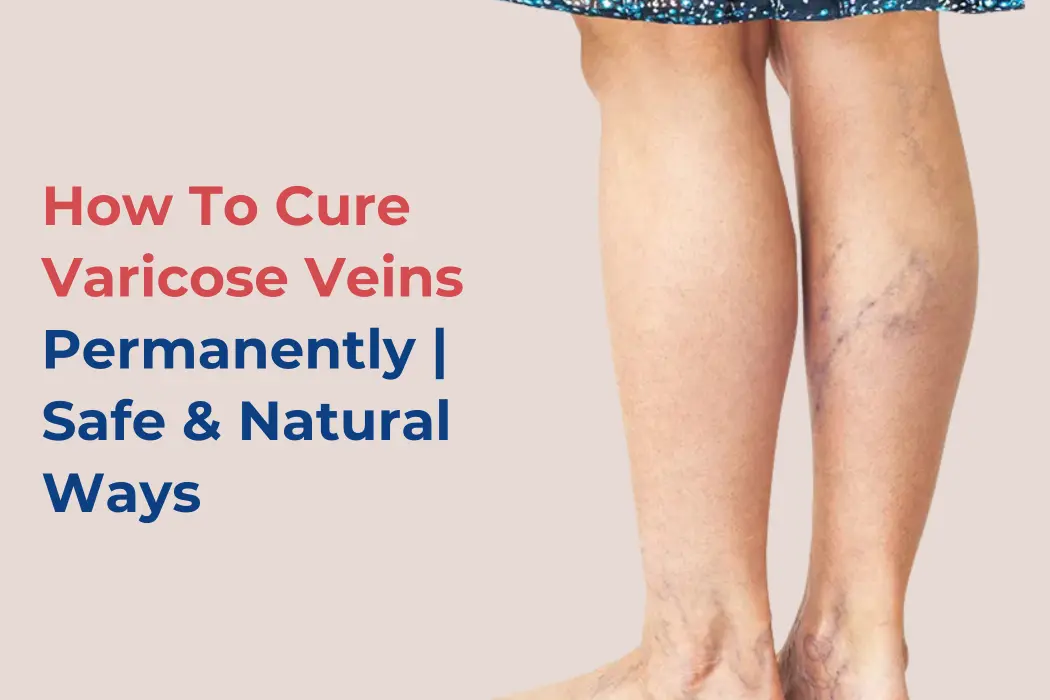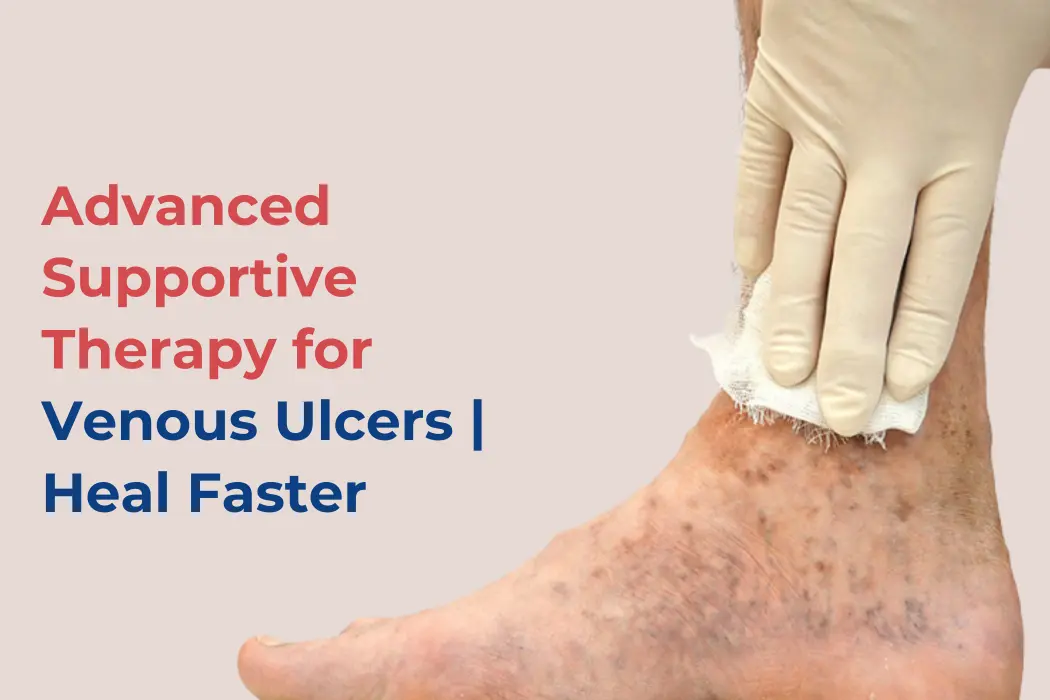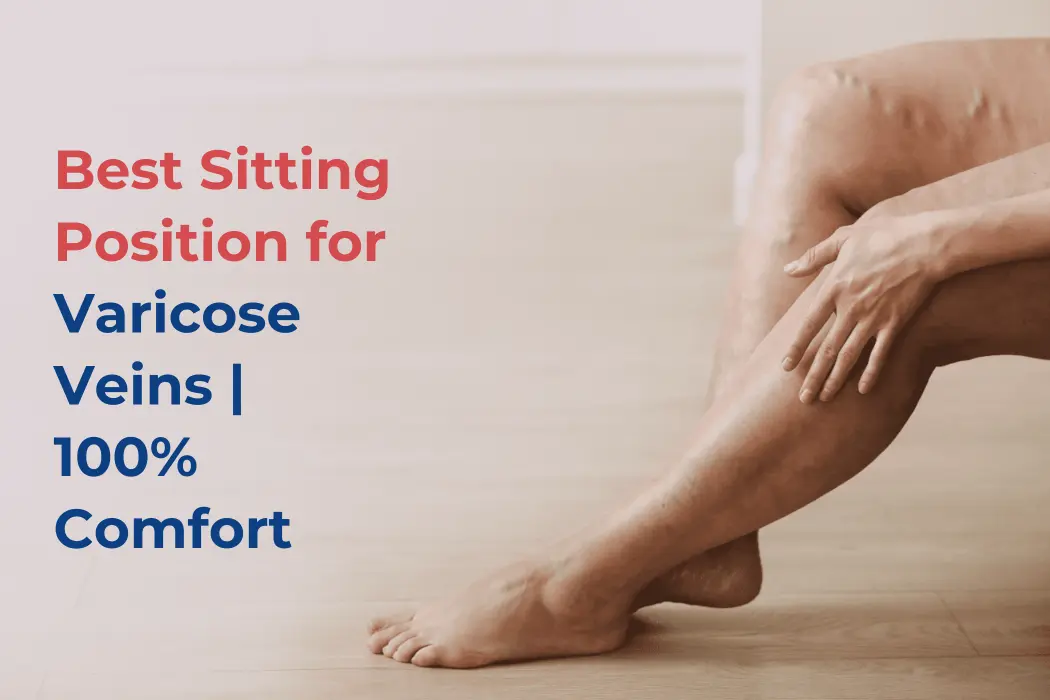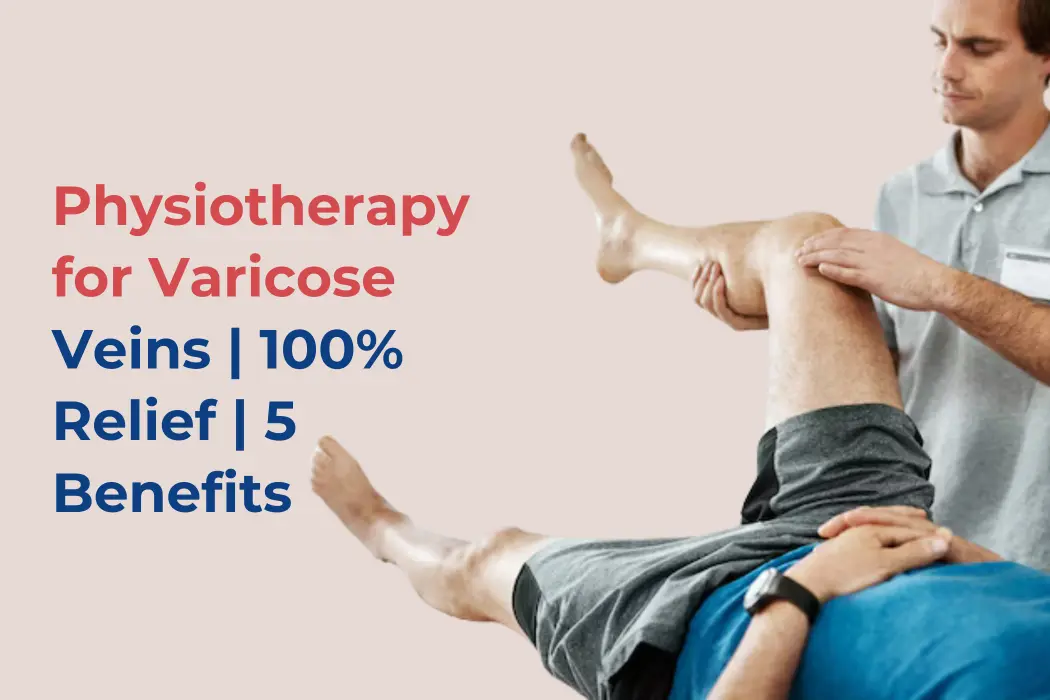Venous ulcers can be challenging, but modern medicine has made recovery smoother and more predictable. Through advanced supportive therapy, patients now have access to safe, effective, and minimally invasive treatments that focus not only on healing but also on preventing recurrence.
If you or a loved one is struggling with a chronic leg ulcer, book a consultation with Dr. Santosh Patil – Best Vascular Surgeon in Pune. With his experience, precision, and compassionate care, you can achieve faster healing, pain relief, and renewed confidence in your daily life.
